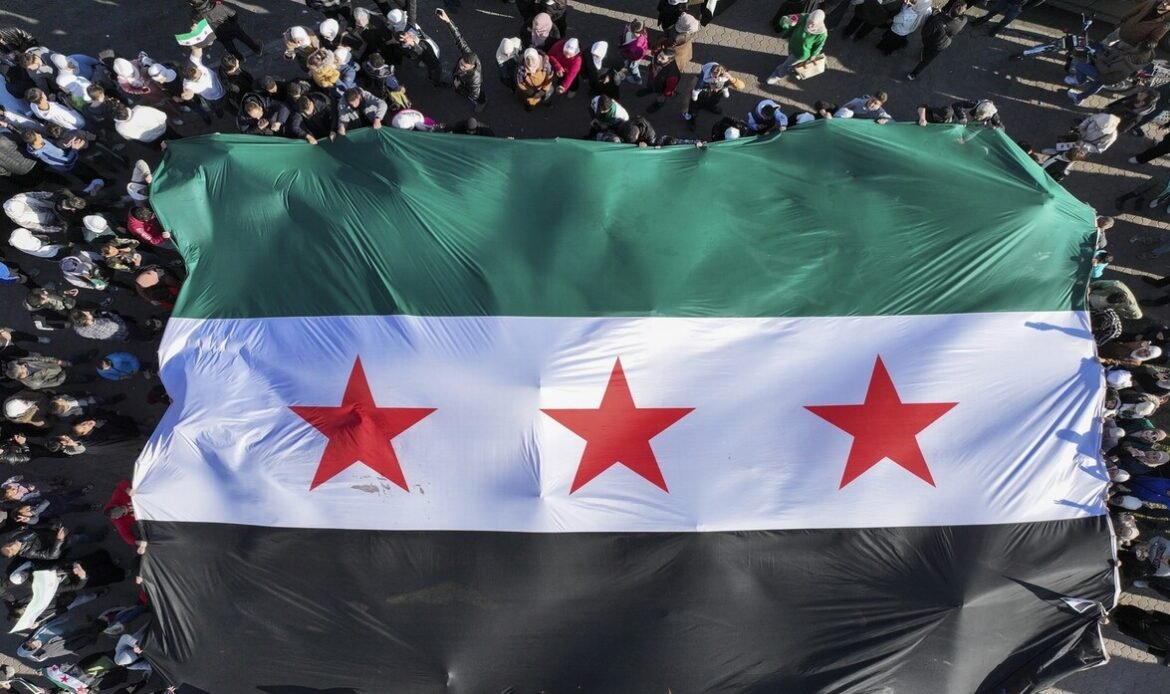Syria at a Turning Point: UN Warns of Humanitarian Crisis Amid Glimmers of Hope
Syria stands on the brink of transformation. Adam Abdelmawla, the UN Resident and Humanitarian Coordinator in Syria, recently stated that the country is at a “turning point,” ushering in a new era filled with “hope for peace and security.” However, he cautioned that 14 years of conflict have also created “one of the world’s largest humanitarian crises,” with 16.5 million people now in need of assistance.
A Fragile Hope Amid Ongoing Challenges
Speaking to journalists in New York via video from Damascus, Abdelmawla highlighted that while progress is being made, persistent hostilities, economic hardships, and funding shortages continue to threaten both humanitarian operations and recovery efforts. For instance, landmines and explosive remnants of war pose a daily danger, claiming over 600 victims since December, nearly a third of whom are children. Despite these challenges, glimmers of hope persist as Syria navigates this critical juncture.
Investing in Recovery and Reintegration
Significantly, 1.2 million people have returned to their original areas in Syria since December, including 885,000 internally displaced persons and 302,000 refugees. The UN Refugee Agency anticipates up to 3.5 million returns this year, emphasizing the urgent need for investments in recovery and reintegration. Abdelmawla stressed that ongoing hostilities in the north, south, and coastal pockets have displaced thousands and hindered aid delivery. He urged all parties to de-escalate, adhere to international humanitarian law, and ensure safe passage for those seeking safety.
The Funding Crisis Threatening Aid
Meanwhile, Syria’s economic conditions remain dire, with liquidity shortages, limited electricity, and soaring prices obstructing aid delivery and access to basic services. The U.S. funding freeze has severely impacted operations, particularly in northeast Syria, where 26 of 42 NGOs halted work almost immediately. Although humanitarian actors are intensifying efforts, Abdelmawla warned of a significant funding gap. For example, the 2024 humanitarian response plan is only 35.6% funded, while the first quarter of this year received just 11.7% of required funds.
Seizing the Positive Momentum
Nevertheless, the UN is restructuring its operations for better coordination, with a Damascus-based mechanism set to replace the “whole of Syria” model by mid-2025. Abdelmawla emphasized that long-term stability requires responsible governance, economic revival, and inclusive recovery efforts. Consequently, the UN has developed a transitional plan to reduce poverty, support reintegration, and strengthen institutions—capitalizing on the current positive atmosphere and donor generosity shown at the Brussels conference.




